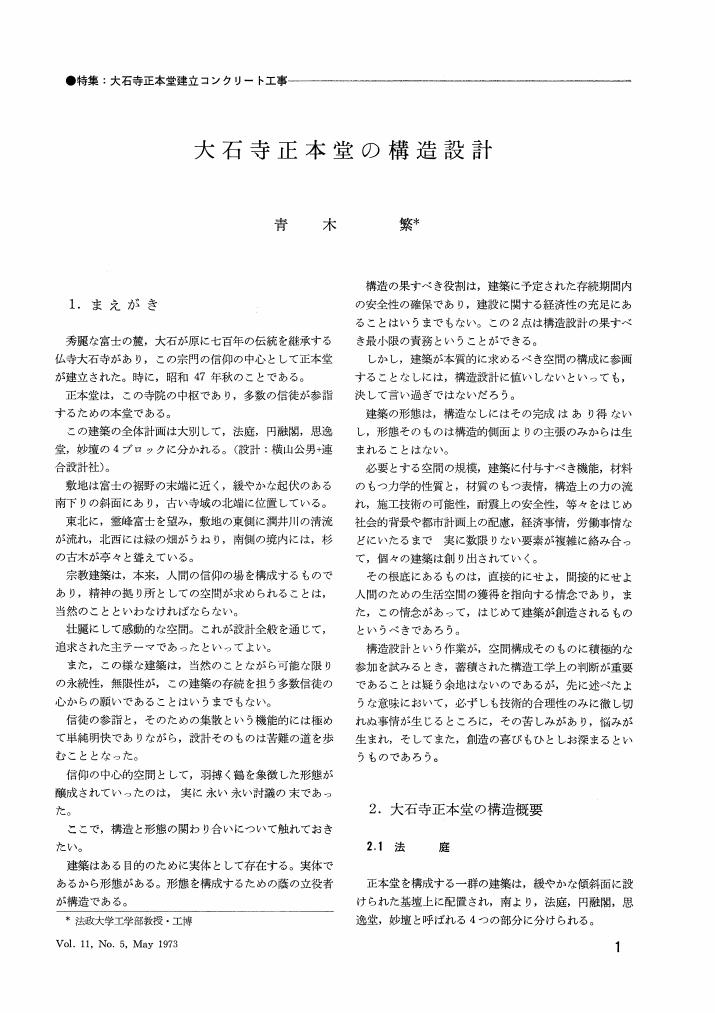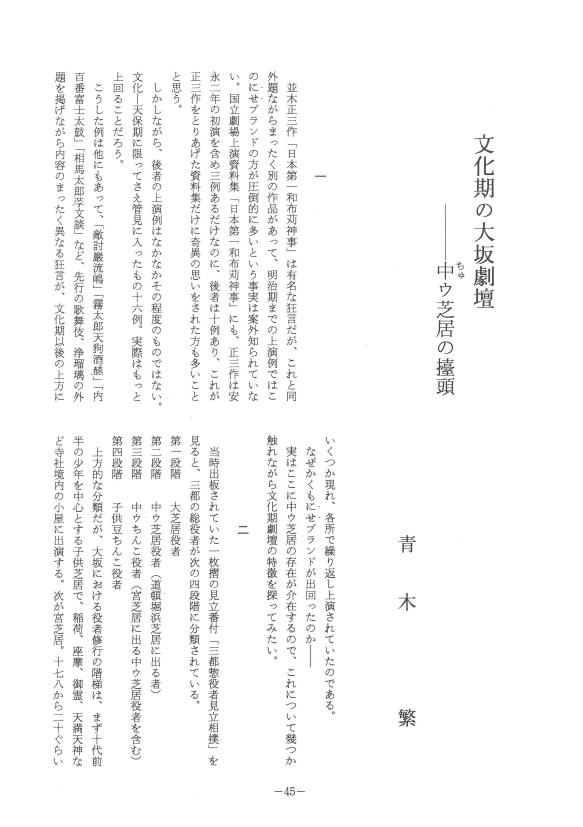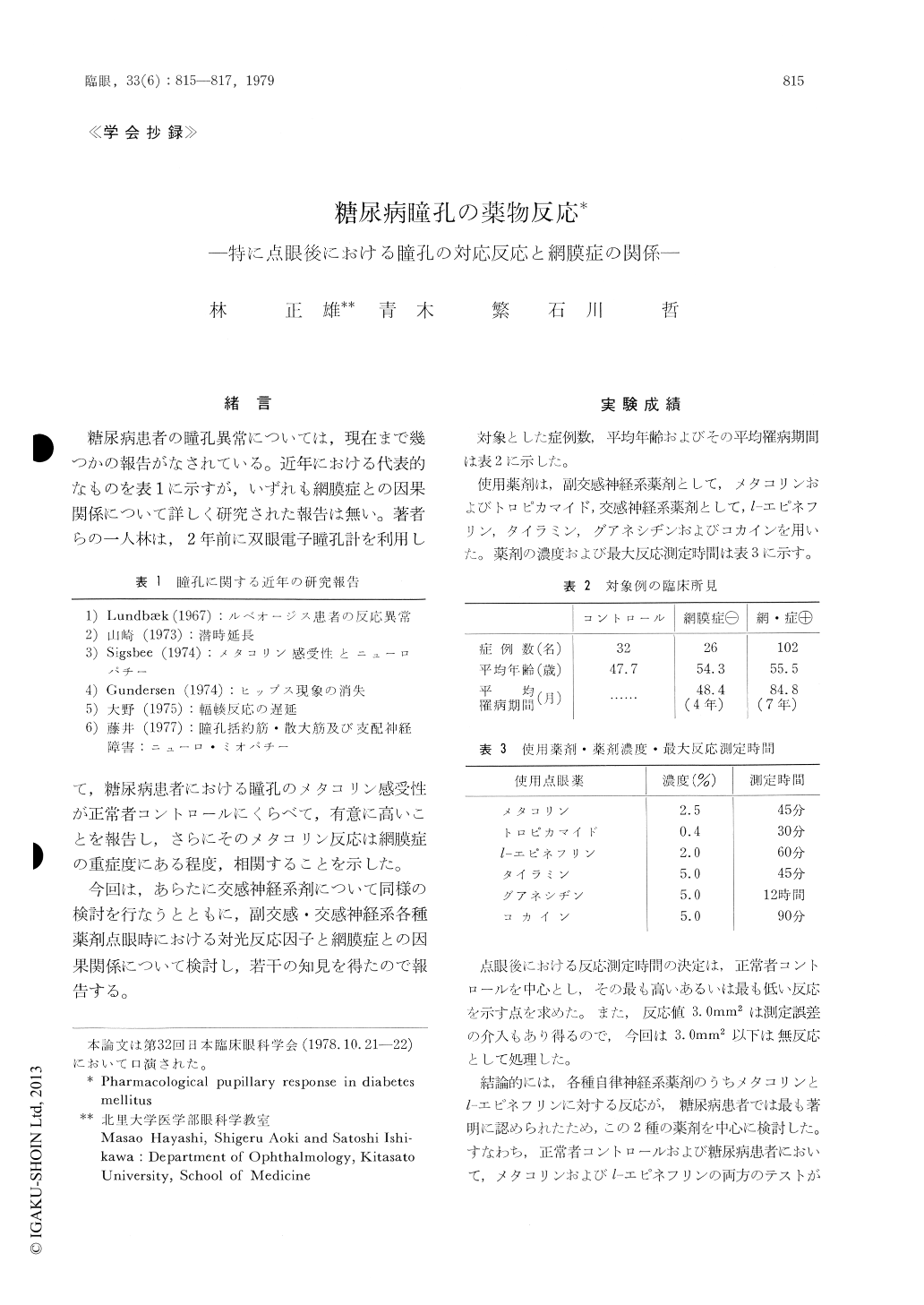35 0 0 0 OA 医学部入学者の, 高校・医進・専門・国家試験における成績間の相互関連
- 著者
- 島村 真介 須賀 一博 江澤 良孝 青木 繁
- 出版者
- 一般社団法人日本機械学会
- 雑誌
- 日本機械学會論文集. C編 (ISSN:03875024)
- 巻号頁・発行日
- vol.73, no.729, pp.1480-1485, 2007-05-25
- 被引用文献数
- 1
Impact characteristics of a cue in billiards are evaluated numerically by developing a simple method. It is assumed that the cue and ball are elastic and rigid, respectively. The displacement of the cue is evaluated by the finite element method and that of the ball is calculated by solving the equation of motion. The time variation of impact force is estimated by equating these displacements at contact point. The accuracy of the analysis is checked by performing a detailed finite element analysis and an experiment, in which a freely supported cue is hit with a swinging ball. It is shown that (1) the impact force and the ball velocity increase with increase in the stiffness of the shaft, (2) the contact period decreases with increase in the stress wave velocity in the cue, (3) with increase in the stiffness of the tap, the impact force rises rapidly, reaches a large maximum value and falls in a short time (4) the ratio of slip to rotation of a ball during the contact period increases with increase in the stiffness of the shaft and the tap and (5) a peak appears in the time variation of impact force for a soft shaft due to the metal screw in the middle of the shaft.
- 著者
- 青木 繁光 小垣 哲也 浅沼 則道 高野 裕文
- 出版者
- 一般社団法人 日本エネルギー学会
- 雑誌
- 日本エネルギー学会機関誌えねるみくす (ISSN:24323586)
- 巻号頁・発行日
- vol.97, no.2, pp.164-170, 2018-03-20 (Released:2018-03-30)
- 参考文献数
- 3
北太平洋上の強風海域において風力を利用して帆走しながら水中のロータ(水車)によって発電機を駆動し,海水から電気分解して得られた水素を貯蔵して自力で持ち帰る大型帆船を提案する。1ユニットあたり100メガワットを超えるシステムの開発が可能であり,水素キャリアとしてCO2を用いたケースではCO2フリー水素を供給しながらCO2リザーバとしての機能を有する,すなわち「資源・環境問題の同時解決」(1991年;向坊東大名誉教授)が可能となる。
3 0 0 0 OA 羽ばたき式風車の開発
- 著者
- 青木 繁光
- 出版者
- 一般社団法人 日本風力エネルギー学会
- 雑誌
- 風力エネルギー (ISSN:03876217)
- 巻号頁・発行日
- vol.34, no.3, pp.129-133, 2010 (Released:2014-02-01)
- 著者
- 野間口 徹 天谷 賢治 青木 繁
- 出版者
- 一般社団法人 日本機械学会
- 雑誌
- 計算力学講演会講演論文集 2001.14 (ISSN:24242799)
- 巻号頁・発行日
- pp.233-234, 2001-11-27 (Released:2017-06-19)
1 0 0 0 OA 帆走式洋上風力発電システムの特性解析
- 著者
- 青木 繁光 小垣 哲也 高野 裕文
- 出版者
- 一般社団法人 日本風力エネルギー学会
- 雑誌
- 風力エネルギー (ISSN:03876217)
- 巻号頁・発行日
- vol.43, no.1, pp.A_13-A_19, 2019 (Released:2020-06-28)
1 0 0 0 OA 離散逆問題の数値計算(<特集>逆問題)
- 著者
- 青木 繁 天谷 賢治
- 出版者
- 一般社団法人 日本応用数理学会
- 雑誌
- 応用数理 (ISSN:24321982)
- 巻号頁・発行日
- vol.10, no.2, pp.121-129, 2000-06-15 (Released:2017-04-08)
- 参考文献数
- 10
After a brief description about the ill-posed inverse problems which are discretized with the finite element method etc., a method for solving such problems is presented with a practical example. This method consists of the following procedures. 1. The singular value decomposition of the coefficient matrix is performed, and then the rank is appropriately reduced. 2. A set of solutions is represented by Moore-Penrose's solution and the null space. 3. The solution is obtained by fuzzy reasoning using the set of solutions and sets of fuzzy priori information. Following three studies are presented: a study which the Kalman filtering technique is applied to estimate the material parameters of two nonlinear constitutive equations, A method for obtaining the optimal experimental/measurement procedure for general estimation problems, and a method (GA filter) for non-linear state space estimation using genetic algorithm.
1 0 0 0 OA 大石寺正本堂の構造設計
- 著者
- 青木 繁
- 出版者
- 公益社団法人 日本コンクリート工学会
- 雑誌
- コンクリートジャーナル (ISSN:00233544)
- 巻号頁・発行日
- vol.11, no.5, pp.1-8, 1973-05-15 (Released:2013-04-26)
1 0 0 0 IR 〔報告〕ハンドヘルド蛍光X線分析装置によるウズベキスタン国立歴史博物館所蔵資料の材料調査
- 著者
- 早川 泰弘 古庄 浩明 青木 繁夫 オタベック アリプトジャノフ
- 雑誌
- 保存科学 = Science for conservation
- 巻号頁・発行日
- no.52, pp.59-70, 2013-03-26
Republic of Uzbekistan is located approximately in the center of Central Asia and has many cultural heritage sites along the ancient Silk Road. The largest museum in Tashkent, the capital of Uzbekistan, is The State Museum of History of Uzbekistan. The Museum, belonging to the Academy of Science of Uzbekistan, and the Japan Foundation have been promoting projects on the protection of cultural heritage and development of human resources in Uzbekistan since 2008. As part of these projects, the National Research Institute for Cultural Properties,Tokyo conducted lectures and practical investigation on the research of cultural property using a hand-held X-ray fluorescence spectrometer in The State Museum of History of Uzbekistan in September 2012. Material analysis was conducted of several statue objects excavated from Fayaztepa ruins (southern Uzbekistan,1th-4th century),fragments of wall paintings from Afrasiab ruins (Samarkand, 7th-8th century) and Varahsha ruins (Bukhara, 6th-7th century) that are on display in the Museum. Gypsum was primarily used in most of the objects for coloring white. However, lead white was found for coloring bright white in the fragments of wall paintings excavated from Afrasiab and Varahsha ruins. Red materials including four types were identified: iron oxide red, minium, cinnabar, and a combination of cinnabar and minium. It was found that yellow material was only yellow ochre. There were objects from which trace amount of arsenic was detected. These might be derived from realgar with orange color or orpiment with yellow color. Only lapis lazuli is found as blue coloring material. Black material was considered to be carbon black. Furthermore, it was found that high purity gold leaf was used for decorating the surface of statue objects. Green coloring material was not found among the objects investigated. The present investigation was performed on only a few objects collected in The State Museum of History of Uzbekistan. However, it is certain that useful information about coloring materials was obtained from the investigation using only X-ray fluorescence analysis. It is hoped that preservation of cultural heritage and development of human resources of Uzbekistan will progress well in the future. Furthermore, it is expected that scientific research for understanding materials and production techniques of objects will be carried out systematically, and data obtained accumulated steadily.
1 0 0 0 IR 埼玉稲荷山古墳出土金錯銘鉄剣の金象嵌銘文の蛍光X線分析
1 0 0 0 OA 文化期の大坂劇壇 ——中(ちゅ)ウ芝居の擡頭
- 著者
- 青木 繁
- 出版者
- 日本演劇学会
- 雑誌
- 演劇学論集 日本演劇学会紀要 (ISSN:13482815)
- 巻号頁・発行日
- vol.25, pp.45-54, 1987-04-10 (Released:2020-12-14)
1 0 0 0 二本の直線による折れ線回帰, 群馬大学
- 著者
- 青木繁伸
- 雑誌
- http://aoki2.si.gunma-u.ac.jp/lecture/stats-by-excel/vba/html/oresen-kaiki.html
- 巻号頁・発行日
- 2006
- 被引用文献数
- 1
1 0 0 0 OA コンクリートシェル構造物の現状と展望
- 著者
- 青木 繁
- 出版者
- 公益社団法人 日本コンクリート工学会
- 雑誌
- コンクリート工学 (ISSN:03871061)
- 巻号頁・発行日
- vol.18, no.11, pp.61-65, 1980-11-15 (Released:2013-04-26)
- 参考文献数
- 3
- 被引用文献数
- 1
- 著者
- 横尾 義貫 青木 繁 川口 健一
- 出版者
- 一般社団法人日本建築学会
- 雑誌
- 建築雑誌 (ISSN:00038555)
- 巻号頁・発行日
- vol.113, no.1428, pp.10-15, 1998-10-20
- 被引用文献数
- 1
1 0 0 0 健診デ-タの有効利用--携帯用パソコンによる経年的個人デ-タ管理
緒 言 糖尿病患者の瞳孔異常については,現在まで幾つかの報告がなされている。近年における代表的なものを表1に示すが,いずれも網膜症との因果関係について詳しく研究された報告は無い。著者らの一人林は,2年前に双眼電子瞳孔計を利用して,糖尿病患者における瞳孔のメタコリン感受性が正常者コントロールにくらべて,有意に高いことを報告し,さらにそのメタコリン反応は網膜症の重症度にある程度,相関することを示した。 今回は,あらたに交感神経系剤について同様の検討を行なうとともに,副交感・交感神経系各種薬剤点眼時における対光反応因子と網膜症との因果関係について検討し,若干の知見を得たので報告する。
1 0 0 0 OA ビリヤードにおけるキューの衝突特性評価(球にスピンを与える場合)
- 著者
- 島村 真介 須賀 一博 江澤 良孝 青木 繁
- 出版者
- 公益社団法人 日本材料学会
- 雑誌
- 材料 (ISSN:05145163)
- 巻号頁・発行日
- vol.57, no.10, pp.1043-1048, 2008-10-15 (Released:2008-10-18)
- 参考文献数
- 6
- 被引用文献数
- 1 1
The impact characteristics of a cue in billiards are investigated for the case where a ball is hit on the right or the left part to give a spin. The efficient computational method developed in the previous paper is extended for this investigation. The extended method is verified with an experiment using a high speed camera, i,e., the ball trajectory calculated with the extended method is shown to agree well with that measured using a high speed camera. It is shown from a numerical simulation that the impact force, the ball velocity, the spinning velocity and the deviation of the ball trajectory from the hitting direction increase with increase in the Young's modulus and density of a shaft. Because the proposed analytical method can predict quantitatively these impact characteristics of a cue, it is useful for designing an easy-to-use cue.
1 0 0 0 47. ランプ始動パルスにより照明器具に発生する誘導電圧
- 著者
- 佐々木 俊一 池水 俊明 青木 繁幸 飯田 武伸
- 出版者
- 一般社団法人照明学会
- 雑誌
- 照明学会全国大会講演論文集 (ISSN:09191895)
- 巻号頁・発行日
- vol.30, 1997-03-28
1 0 0 0 OA 高等教育の改革とメディア(課題研究1,大会報告)
1 0 0 0 OA 7. 動破壊力学と動的破壊じん性 : 破壊力学入門
- 著者
- 青木 繁
- 出版者
- 社団法人日本材料学会
- 雑誌
- 材料 (ISSN:05145163)
- 巻号頁・発行日
- vol.33, no.365, pp.229-235, 1984-02-15
- 被引用文献数
- 1









